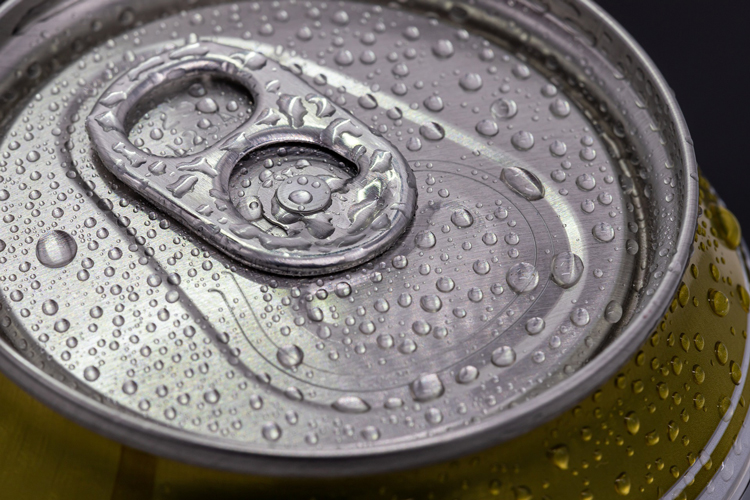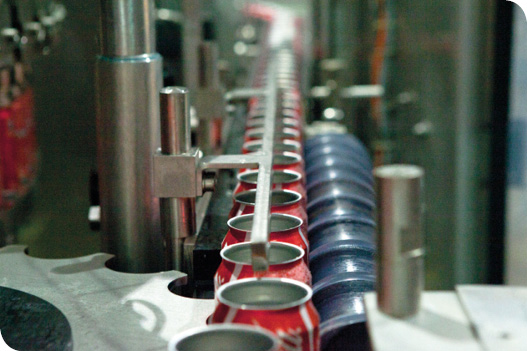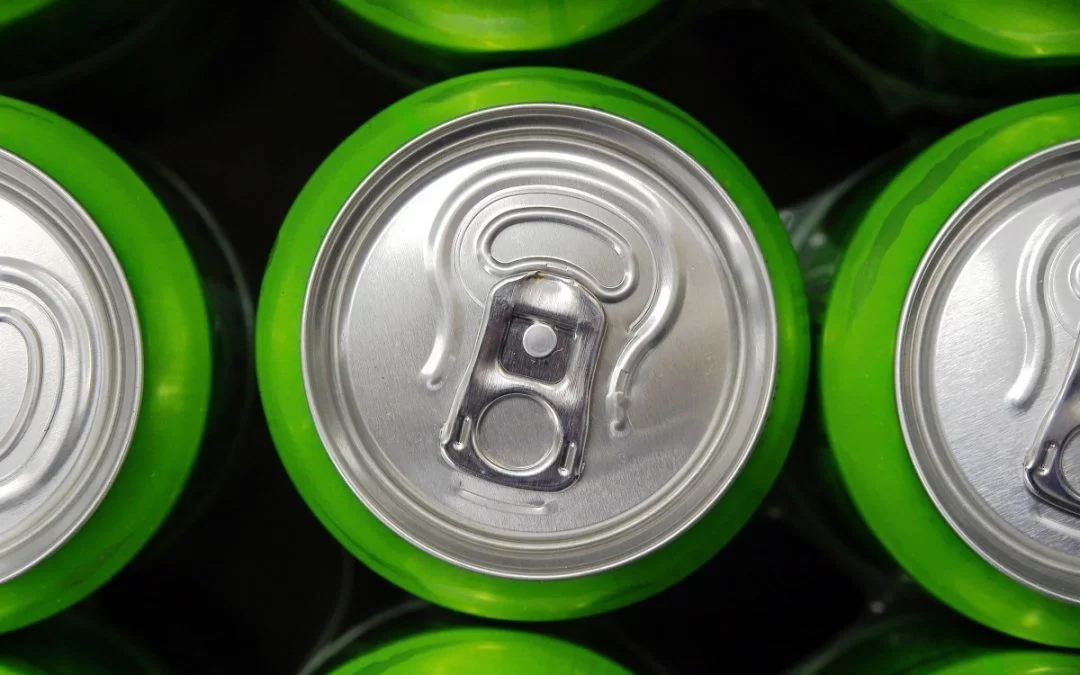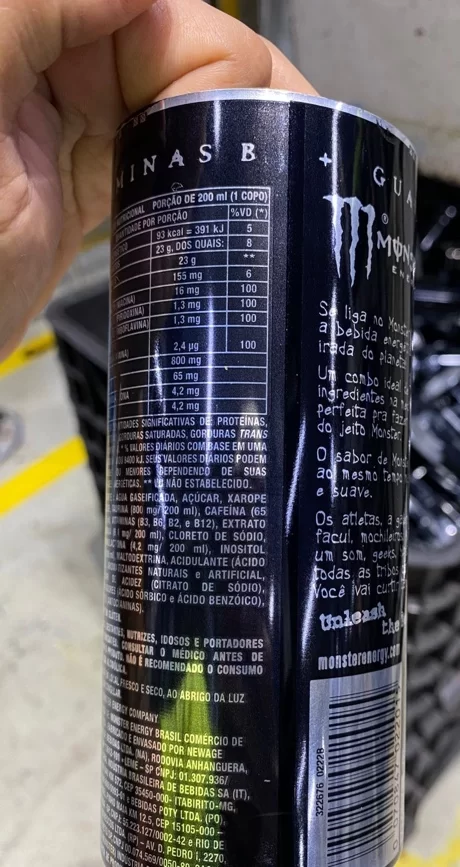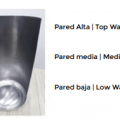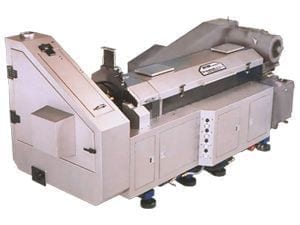Introduction:
Beverage can manufacturing processes involve several stages, machinery and materials. However, as in any manufacturing process, problems can arise that hinder production efficiency and quality. In this article, we will explore some of the common problems encountered in beverage can manufacturing processes and discuss troubleshooting techniques to effectively address them.
- Can wall thickness defects:
One of the most critical aspects of can manufacturing is maintaining a consistent wall thickness. Deviations in wall thickness can lead to structural weaknesses that affect the integrity of the can. Steps to solve this problem include:
- Regular inspection of tool and die assemblies to ensure proper alignment and functionality.
- Calibration of machinery to ensure accurate material reduction during the drawing and ironing processes.
- Monitoring and adjusting the pressure and speed of the forming machines to maintain a constant wall thickness.
- Short cans:
Short cans refer to cans that have a height less than the standard dimensions. This defect can occur during the drawing process when the continuity of the material is broken. Steps to solve short cans include:
- Analysis of material parameters, such as chemical composition and mechanical properties, to identify possible causes.
- Implementation of stricter quality control measures during material selection and supplier management.
- Adjustment of tooling and machinery settings to optimize the drawing process and minimize material breakage.
- Scratches and surface imperfections:
Scratches and surface imperfections on beverage cans can affect their visual appeal and overall quality. Steps to solve these problems include:
- Regular maintenance and inspection of tool surfaces to ensure smooth operation.
- Proper lubrication of tool surfaces to minimize friction and prevent scratches.
- Implementation of quality controls at various stages of the manufacturing process to identify and correct surface imperfections.
- Misalignment of can components:
Misalignment of can components, such as the body and bottom, can cause problems during the sealing process and compromise the integrity of the can. Steps to address misalignment include:
- Ensure proper alignment of tool and die sets used in the forming process.
- Implementation of rigorous quality controls during the assembly of can components.
- Regular calibration and maintenance of assembly machinery to prevent misalignment problems.
- Material contamination:
Contamination of the material used in the manufacture of beverage cans can lead to product defects and compromise product quality. Steps to address material contamination include:
- Implementation of strict material handling and storage protocols to prevent contamination.
- Regular inspection of incoming batches of material for signs of contamination.
- Close collaboration with material suppliers to ensure compliance with quality standards.
Conclusion:
Troubleshooting common beverage can manufacturing processes requires proactive maintenance, quality control measures and continuous process optimization. By identifying and addressing these issues in a timely manner, manufacturers can ensure the production of high-quality beverage cans that meet industry standards and customer expectations. The implementation of sound problem solving techniques will contribute to greater efficiency, waste reduction and increased productivity in the beverage can manufacturing industry.

